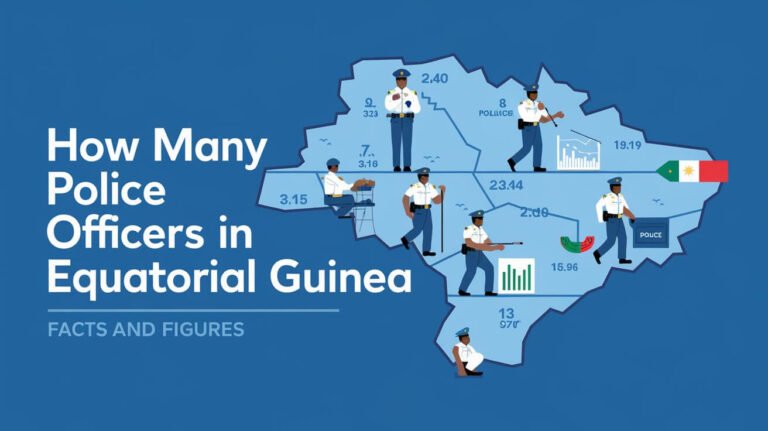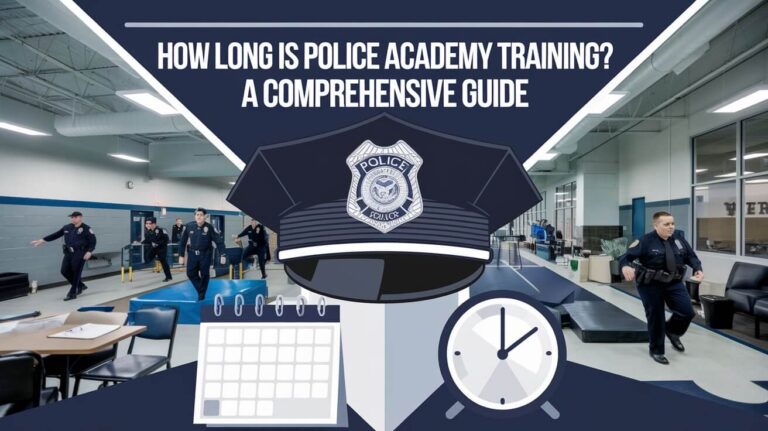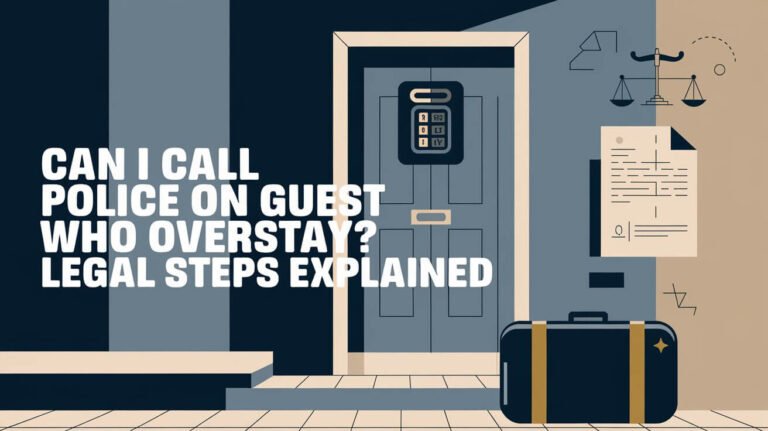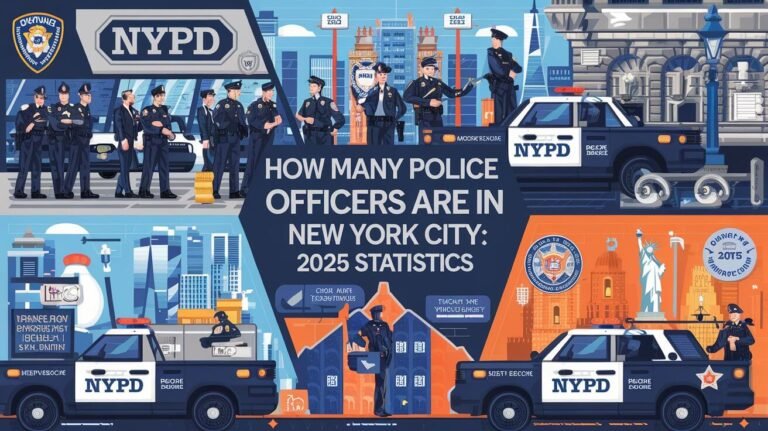What Is Police And Sheriff’s Patrol Officers Outlook? in 2025
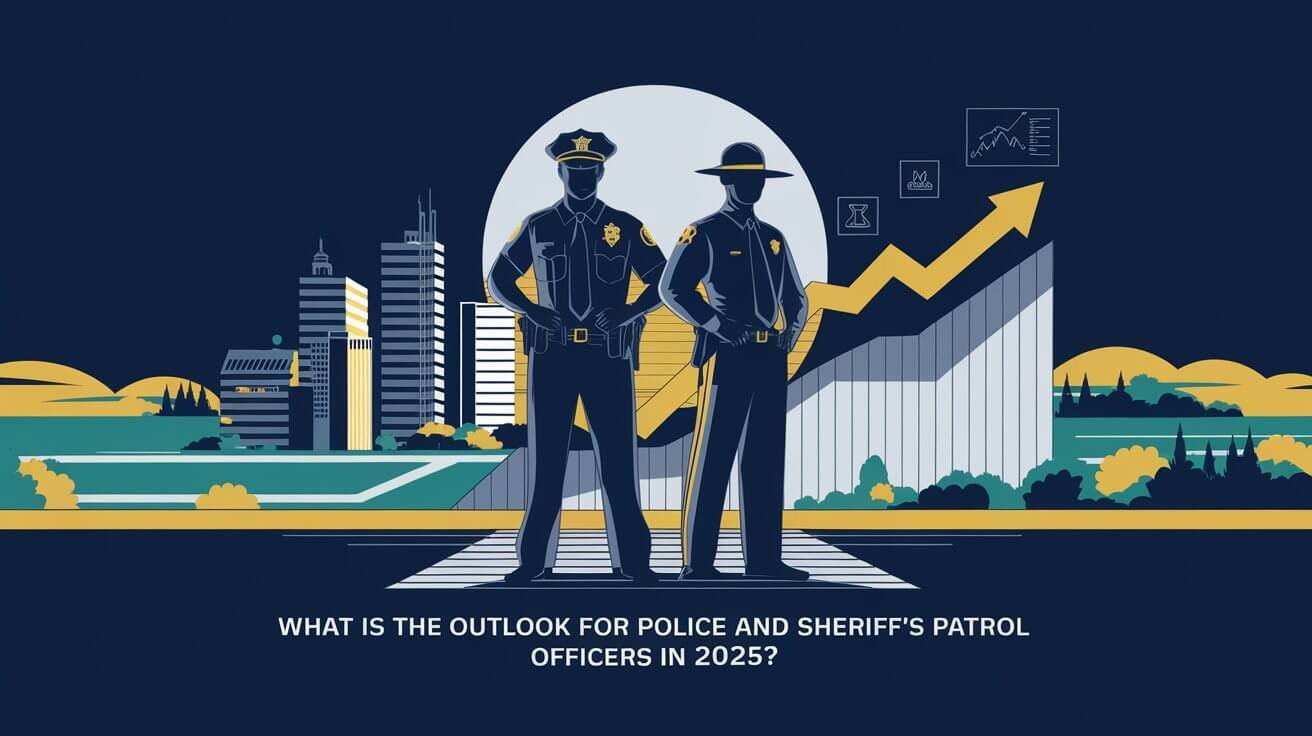
Police officers and sheriff’s patrol officers are key to keeping the U.S. safe. Many wonder about their job outlook. The Bureau of Labor Statistics says police and detective jobs will grow 3 percent by 2032.
This growth is due to the need for public safety. Police officers play a big role in stopping and solving crimes.
These officers need about one to two years of training and experience. They might have vocational school training or an associate’s degree. Their job involves a lot of communication and teamwork.
So, the demand for skilled police and sheriff’s patrol officers is high. This demand is linked to the state of the law enforcement industry.
Current Employment Statistics for Law Enforcement
The Bureau of Labor Statistics says there are about 813,000 police and sheriff’s patrol officers in the U.S. as of May 2022. This number shows the current job situation in law enforcement. It’s important to look at how these officers are spread out across states and departments to understand the job market.
Police departments are key to keeping us safe. The number of officers in these departments affects the job market. With many departments needing more people, there are chances for those wanting to join law enforcement.
National Employment Numbers
The job outlook for Police and Sheriff’s Patrol Officers is good. It’s expected to grow from 674,200 in 2023 to 700,600 in 2033. This means a 4% increase, with 53,800 new jobs each year. This growth shows a strong job market for law enforcement.
Department Size Classifications
Police departments come in different sizes. The size of a department can change job opportunities. Knowing about department sizes can help those looking for a job in law enforcement make better choices.
| Department Size | Number of Officers |
|---|---|
| Small | Less than 100 |
| Medium | 100-500 |
| Large | More than 500 |
Understanding the number of police and sheriff’s patrol officers and the field’s growth is key. It helps those interested in law enforcement make smart career choices. Knowing the job market and what affects it can guide individuals in their career paths.
Police And Sheriff’s Patrol Officers Outlook Through 2030
The job outlook for police and sheriff’s patrol officers is key to understanding law enforcement careers. The Bureau of Labor Statistics says police and detectives’ jobs will grow 3 percent by 2032. This is as fast as the average for all jobs. There will be about 58,700 new jobs each year.
Many factors affect the career prospects of police and sheriff’s patrol officers. These include employment projections and job outlook. Here’s a table showing the expected employment numbers in the United States:
| Year | Projected Employment | Annual Job Openings |
|---|---|---|
| 2023 | 674,200 | 53,800 |
| 2033 | 700,600 | 53,800 |
The median salary for these officers is $64,610. But, salaries can change based on where you work and how much experience you have. The outlook for law enforcement careers is strong, with a 4% increase in jobs from 2023 to 2033.
Salary Range Analysis
The salary for police and sheriff’s patrol officers changes based on location, experience, and department size. The Bureau of Labor Statistics reports a median annual salary of $61,380 in May 2022. On average, a police officer makes about $58,720 a year or $28.23 an hour.
Law enforcement agencies offer good pay to keep skilled officers. The salary for police officers varies by level, from entry to senior. In top-paying states, the average salary is $60,130 – $88,220.
Entry-Level Compensation
New police officers start with a salary of $40,000 – $50,000 a year. This depends on the department and location. As they gain experience and complete training, their salary can go up to $50,000 – $60,000 a year.
Mid-Career Earnings
Police officers with 5-10 years of experience make $60,000 – $80,000 a year. Detectives, who start as police officers, earn an average of $77,000 a year.
Senior Officer Pay Scales
Senior officers with 10-20 years of experience can earn $80,000 – $100,000 a year. Police departments also offer extra pay for working different shifts and overtime. This can increase their total earnings.
The salary for police and sheriff’s patrol officers is affected by many factors. These include the department’s budget, location, and the officer’s experience and education. Overall, police officers are well-compensated, and the job outlook is positive, growing by five percent over the next ten years.
| Category | Salary Range |
|---|---|
| Entry-Level | $40,000 – $50,000 |
| Mid-Career | $60,000 – $80,000 |
| Senior Officer | $80,000 – $100,000 |
Regional Growth Hotspots
The Bureau of Labor Statistics says police and detectives jobs will grow in the South and West. This is because of more people moving to cities and the need for more law enforcement. These areas are expected to see a lot of growth, which means good job chances for police officers.
The South and West will likely have more job openings for law enforcement. This is because of the population increase and the need for more police. These regions are also expected to have more law enforcement agencies. This means more career options for those interested in law enforcement.
- Population growth and urbanization
- Increased demand for law enforcement services
- Expansion of law enforcement agencies
The South and West are key areas for law enforcement growth. They offer new chances for police and sheriff’s patrol officers. It’s important for those looking into law enforcement careers to know about these areas and why they’re growing.
Retirement Wave Impact
The law enforcement sector is facing a big challenge due to the retirement wave. This wave is expected to create staffing gaps and increase the need for new officers. The Bureau of Labor Statistics says a lot of police and sheriff’s patrol officers are getting close to retirement age.
This retirement wave will deeply affect law enforcement. Experienced officers leaving means a loss of knowledge and skills. It will also lead to more vacancies, as agencies try to find and train new officers.
Department Staffing Gaps
Law enforcement agencies will face big challenges with staffing gaps. They will struggle to keep enough officers on the job. This could make the work harder and more stressful for those who stay, affecting their ability to protect communities.
Replacement Demand Projections
Agencies will need to hire many new officers to replace those retiring. They will have to find effective ways to attract and keep new talent. This includes competitive salaries and benefits to meet the demand for new officers.
Some main reasons for staffing gaps and the need for new officers include:
- Age and retirement of existing officers
- Difficulty in recruiting and retaining new officers
- Increasing demand for law enforcement services
Urban vs Rural Career Prospects
The career paths for police and sheriff’s patrol officers differ a lot between cities and rural areas. The Bureau of Labor Statistics says jobs for these officers will grow in both places, but at different speeds. In cities, the job market is tough, with many people competing for a few spots.
Rural areas might offer better chances for moving up in your career. This is because there are fewer people and less crime, making the job more stable. But, salaries and job growth rates vary between cities and rural areas. For example, in Ohio, police and sheriff’s officers make a median of $74,300. The highest salaries are in Columbus, Dayton, and Cincinnati.
When thinking about urban vs rural careers, consider these points:
- Job growth rates: Cities usually see more job openings, but rural areas might offer better career growth.
- Salary ranges: Cities often pay more, but living costs are also higher.
- Work environment: Rural areas can be more stable, while cities are faster-paced.
Choosing between an urban or rural career depends on what you value most. By looking at these factors, you can decide which path fits your goals and values best.
Specialized Unit Opportunities
Police and sheriff’s patrol officers have many career advancement options. Specialized units like SWAT teams, K-9 units, and detective divisions are available. These roles allow officers to learn new skills and face new challenges.
The Bureau of Labor Statistics says police and sheriff’s patrol officer jobs will grow 4% by 2033. This growth includes 53,800 new jobs each year. Specialized units are a big part of this increase, as agencies try to meet new threats.
SWAT Team Positions
SWAT teams are elite groups that need special training and gear. Officers must be in great shape and have good shooting skills. They get advanced training and work on big cases.
K-9 Unit Openings
K-9 units involve officers and trained dogs finding drugs, explosives, and more. Officers need to communicate well and work well with dogs. This job requires teamwork and skill.
Detective Division Growth
Detective divisions are growing too. They help improve how agencies solve crimes. Detectives need to analyze evidence well and work with others. They solve complex cases with the help of SWAT and K-9 teams.
Specialized units offer many career paths for police and sheriff’s officers. Whether it’s SWAT, K-9, or detective work, these roles let officers grow and face new challenges.
| Specialized Unit | Job Description | Required Skills |
|---|---|---|
| SWAT Team | High-risk operations, hostage situations | Advanced marksmanship, physical fitness |
| K-9 Unit | Narcotics detection, explosives detection | Communication skills, canine handling |
| Detective Division | Investigations, evidence analysis | Analytical skills, attention to detail |
Technology Integration Effects
The law enforcement sector is going through a big change thanks to technology. The Bureau of Labor Statistics says this change is opening up new jobs. Technology is making law enforcement work better and more efficiently.
Technology is changing law enforcement in many ways. For example:
- It’s improving how they talk and share data.
- It’s making surveillance and monitoring better.
- It’s helping them use digital tools for investigations.
These changes are not just making law enforcement work better. They’re also creating new jobs for people in the field. As technology keeps getting better, we’ll see even more new ideas in law enforcement. This will open up even more job opportunities.
Technology is deeply changing law enforcement. Its effects will be felt for a long time. It’s important for law enforcement workers to keep up with new technology. This way, they can stay competitive and find new job opportunities.
Budget Allocations and Department Expansion
Law enforcement agencies need a lot of money to run and grow. The Bureau of Labor Statistics says money from the federal government and local taxes helps them grow. In 2021, state and local governments spent a lot on police, corrections, and courts.
Money matters a lot for police work. Most of the money for police comes from local governments. This money is key for hiring more officers and getting new technology.
Federal Funding Impact
The federal government also helps a lot. In 2017, it spent a lot on police, corrections, and courts. This extra money helps local and state budgets, letting agencies grow and improve.
Local Tax Revenue Influence
Local taxes are another big help. In 2021, the average person paid $407 for police protection. The District of Columbia paid the most at $1,000 per person. This money is vital for growing and improving police services.
Some important facts about money and police growth include:
- State and local governments spent $135 billion on police, $87 billion on corrections, and $52 billion on courts in 2021.
- Capital spending accounted for 4% or less of total spending for police, corrections, and courts in 2021.
- The federal government spent $30 billion on police, $7 billion on corrections, and $15 billion on courts in 2017.
Money is very important for police work. It affects how much they can grow and improve. Knowing about federal funding, local taxes, and budgeting helps police plan better for the future.
Private Sector Crossover Options
Police and sheriff’s patrol officers have many career paths in the private sector. They can work in security consulting or private investigation. The Bureau of Labor Statistics says these jobs are in high demand, with lots of opportunities.
The private sector offers unique challenges and rewards for law enforcement pros. Benefits include:
- More career flexibility and control
- Chances for professional growth
- Good salaries and benefits
In the private sector, law enforcement pros can use their skills in new ways. They can work in security management, emergency planning, and risk assessment. With the right training and certifications, they can excel and make a difference in their communities.
The job market for law enforcement jobs in the private sector is strong. Many companies want experienced professionals for important roles. By exploring these options, police and sheriff’s patrol officers can grow their careers and find new opportunities in the private sector.
| Private Sector Career | Job Description | Median Salary |
|---|---|---|
| Security Consultant | Conduct security assessments and provide recommendations to clients | $80,000 – $110,000 |
| Private Investigator | Conduct investigations and gather evidence for clients | $50,000 – $90,000 |
Wrap-Up Thoughts
The job outlook for police and sheriff’s patrol officers is good. The Bureau of Labor Statistics says there will be a 3% growth in jobs from 2022 to 2032. This is the same as the national average.
This growth means there will be plenty of jobs for those interested in law enforcement. The demand is high because of retirements and the need for safety in growing areas.
Jobs are even better in areas with more people and for special roles like SWAT teams and K-9 units. New technologies are also creating new ways for officers to improve their skills.
If you like the hustle of city life or the challenges of rural areas, there’s a place for you. With the right training, hard work, and flexibility, you can find a rewarding job. You’ll have the chance to make a real difference in your community.
Common Queries
What is the current employment outlook for police and sheriff’s patrol officers?
The job outlook for police and sheriff’s patrol officers is shaped by many factors. These include national employment numbers, how jobs are spread across states, and the size of police departments.
What is the projected job outlook for police and sheriff’s patrol officers through 2030?
By 2030, the job outlook for police and sheriff’s patrol officers is expected to grow. This growth is influenced by various factors in the job market and career opportunities.
What is the typical salary range for police and sheriff’s patrol officers?
Police and sheriff’s patrol officers earn a range of salaries. This includes starting pay, mid-career earnings, and salaries for senior officers. Several factors affect these pay scales.
Which regions are experiencing the most growth in the law enforcement job market?
Some regions are seeing more growth in law enforcement jobs. This growth is due to several factors that boost job market and career prospects in these areas.
How is the retirement wave impacting law enforcement agencies?
The retirement wave is affecting law enforcement agencies. It’s causing staffing gaps and increasing the need for new officers. Several factors contribute to these challenges.
How do the career prospects differ for police and sheriff’s patrol officers in urban and rural areas?
Career prospects vary for police and sheriff’s patrol officers in urban and rural areas. Several factors influence job market growth and career opportunities in these settings.
What are the opportunities for specialized units within law enforcement?
There are opportunities for police and sheriff’s patrol officers in specialized units. These include SWAT teams, K-9 units, and detective divisions. Several factors contribute to career advancement in these areas.
How is technology integration impacting the law enforcement job market?
Technology integration is changing law enforcement agencies. It’s affecting career prospects and job market opportunities in this field.
How do budget allocations affect law enforcement agencies and job opportunities?
Budget allocations impact law enforcement agencies. Federal funding and local tax revenue influence department growth and job opportunities.
What are the crossover options for police and sheriff’s patrol officers in the private sector?
Police and sheriff’s patrol officers have crossover options in the private sector. Several factors contribute to career prospects and job market opportunities in this area.


